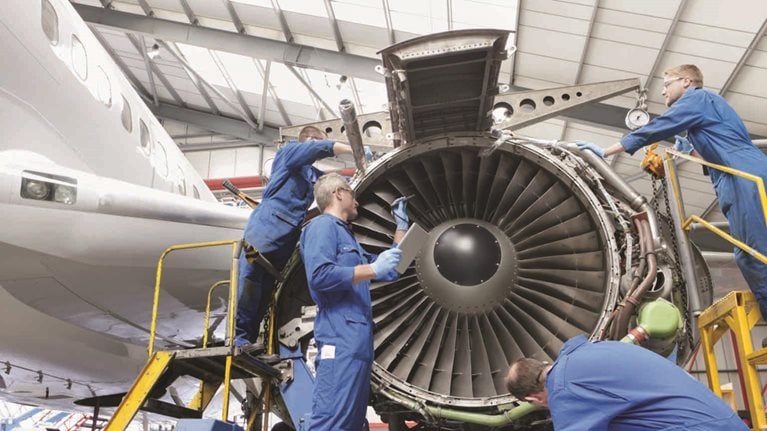The better a manufacturing site’s maintenance processes, the more productive its assets. New data reveal the practices that make the difference
Part of the ongoing challenge for maintenance managers is the difficulty in linking investment in maintenance directly to performance outcomes. If maintenance leaders can’t prove that rigorously enforced practices really are delivering better overall site performance, it can be hard for them to get the resources and organizational commitment they need to make those practices happen.
New data from McKinsey’s Benchmarking tool for Asset Productivity (BAP) provides powerful support for anyone currently fighting this battle. Using data from dozens of manufacturing sites worldwide, we compared the quality of maintenance implementation (given by the overall score in the survey) with performance measures including overall site productivity and maintenance cost per unit output. We ran this analysis for a number of industry sectors and for individual sites within global manufacturing companies.
The results are revealing. The exhibit below shows the correlation between maintenance practices and site output at a group of six consumer packed goods production sites. For the six sites included in this sample, each extra point in our survey score translated into a 0.7 percent increase in output efficiency.

Even more revealing, our survey data identifies the practices that make the biggest difference in site maintenance performance. Out of 13 practices evaluated, four key groups stand out as having the greatest impact: the strength of the gatekeeping process, scheduling, equipment strategy, and performance management. For many companies, increasing the strength of these attributes could be a fast and cost-effective way to boost manufacturing performance. Here’s a quick guide to good practices:
- Gatekeeping: Ensure that there is a robust and fact-based approach to assessing if and when new maintenance tasks should be completed. This needs to be led by management and should be based on an algorithm or matrix that is clearly understood and followed by everyone.
- Scheduling: Rely on a firm schedule that is agreed upon by all relevant parties, ideally a week before the start of any planned activities. This schedule should be displayed openly to ensure that all technicians are fully loaded.
- Equipment strategy: Often maintenance routines are not challenged, and additional checks are included over time. This can lead to routines that don’t actually address degradation mechanisms, are being completed at the wrong frequency, or performed by overly expensive staff. Preventive maintenance plans should be regularly assessed with equipment experts and follow an agreed-upon set of criteria.
- Performance management: A set of KPIs should cascade from the management to the shop floor; they should also be displayed visually and reviewed daily on the shop floor to identify performance issues and concerns.
* * *
The principles of world-class maintenance and reliability are simple enough. It is turning them into high-quality, consistently applied practices that can be so challenging.
About the author: Timothy Close is an expert in McKinsey’s London office.
